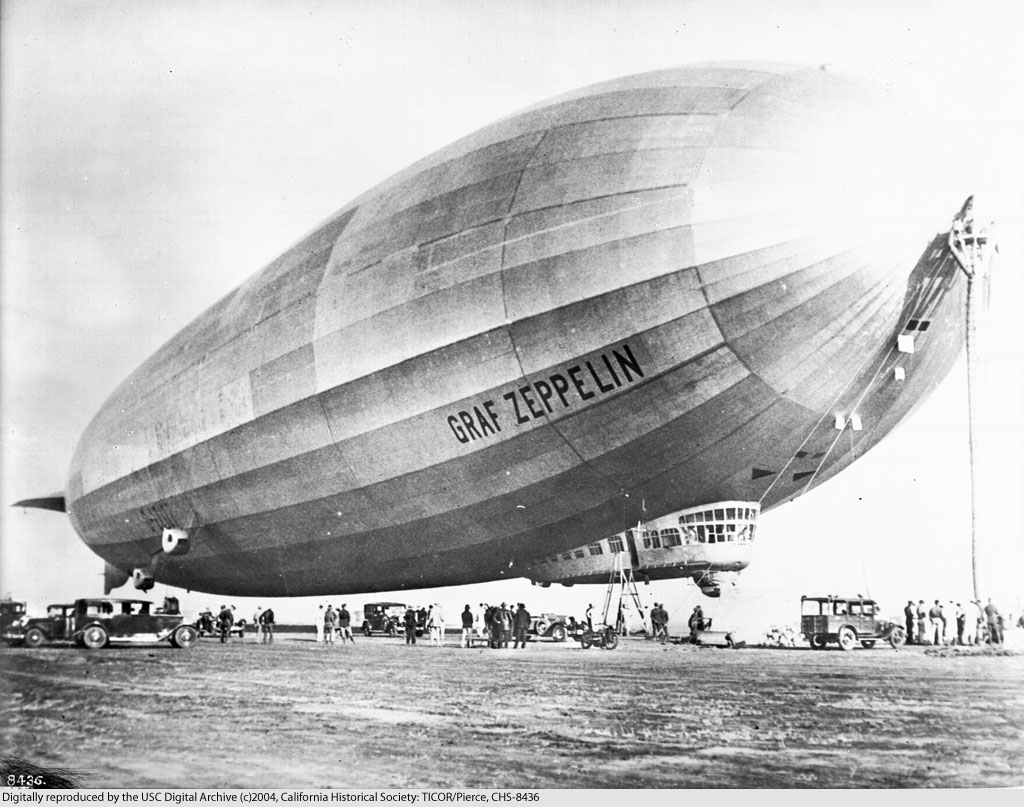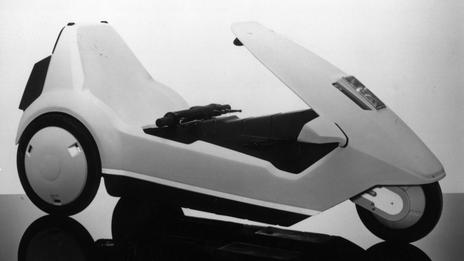Technology is revolutionizing the ways we travel from point A to point B. The Apple Watch, for example, is one of those devices hoping to change the way we travel by offering to order an Uber car, help with boarding an American Airlines plane, and it can unlock its user’s hotel room door.
Attractive, isn’t it? But let’s take a look back at some predictions that were once thought to better the traveling experience that didn’t quite make it to the future. Jetpacks and Segways, anyone?
Jetpacks

Image via Huffington Post.
Just about anybody would be impressed by a jetpack – it was a great idea, and it had “future” written all over it. Who wouldn’t want to strap on a backpack and soar through the air? Aside for the fact that jet and rocket packs are notoriously unstable flight platforms, and also loud, and because they would burn a lot of fuel, it would be a dream come true.
Airships

The idea of flying ships go way back. At the beginning of the 20th century, German count Ferdinand von Zeppelin developed an airship he called the Zeppelin. It made more than 1,500 flights and carried more than 10,000 passengers. Basically, it can be seen as the first commercial airline to be brought into existence, but it didn’t succeed.
However, there are still people out there trying to revive the idea of a flying ship. A British company is currently working on a giant airship that could possibly become the world’s largest craft to ever reach the skies.
Segways

Image via newslite.tv.
Segways, as you know, aren’t too old compared to their adventurous counterparts. Introduced in 2001, these forms of traveling got lots of attention but very little sales. Only about 24,000 were sold by 2006. You might have seen one, you might have even tried one yourself, so why didn’t these forms of self-transportation take off?
Steve Jobs once said of the Segway, “Its shape is not innovative, it’s not elegant, it doesn’t feel anthropomorphic.”
Although it wasn’t a complete failure, since the Segway lives on among urban tourists, it hasn’t changed how the majority of people travel.
The Sinclair C5

Image via onlycarpictures.com.
“Imagine a vehicle that can drive you five miles for a penny.” If its original ad back in 1985 didn’t catch your attention, what would? Fit for one person, the non-polluting Sinclair C5 was billed as the future of transportation. It was an electrically-assisted pedal cycle that came with a quirky look but lacked utility and speed, and the press and public saw it less as a new mode of transport, and more of an expensive toy. Most importantly, the machine was criticized for its lack of safety.
Ideas via Mashable.
Advertisement
Learn more about Electronic Products Magazine





